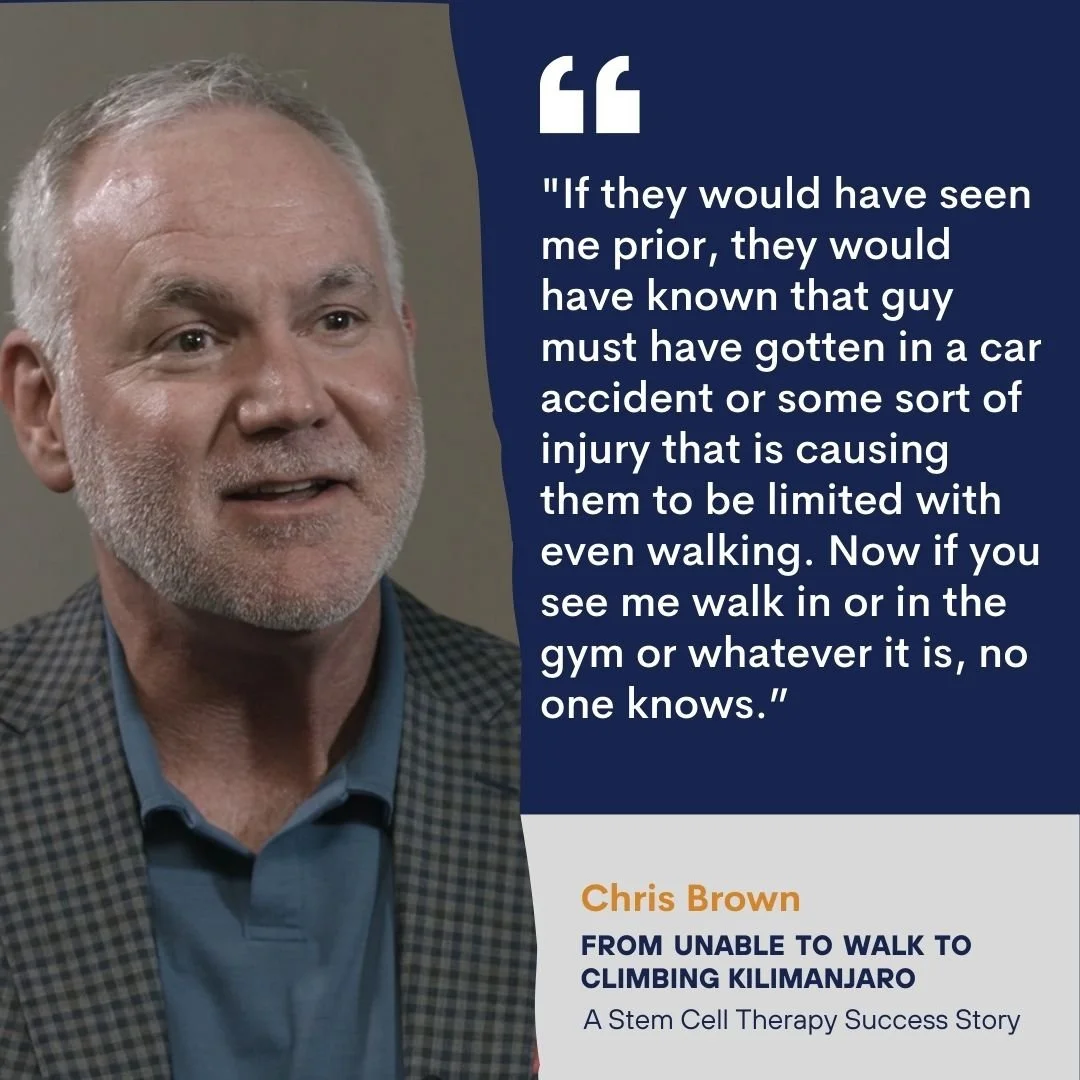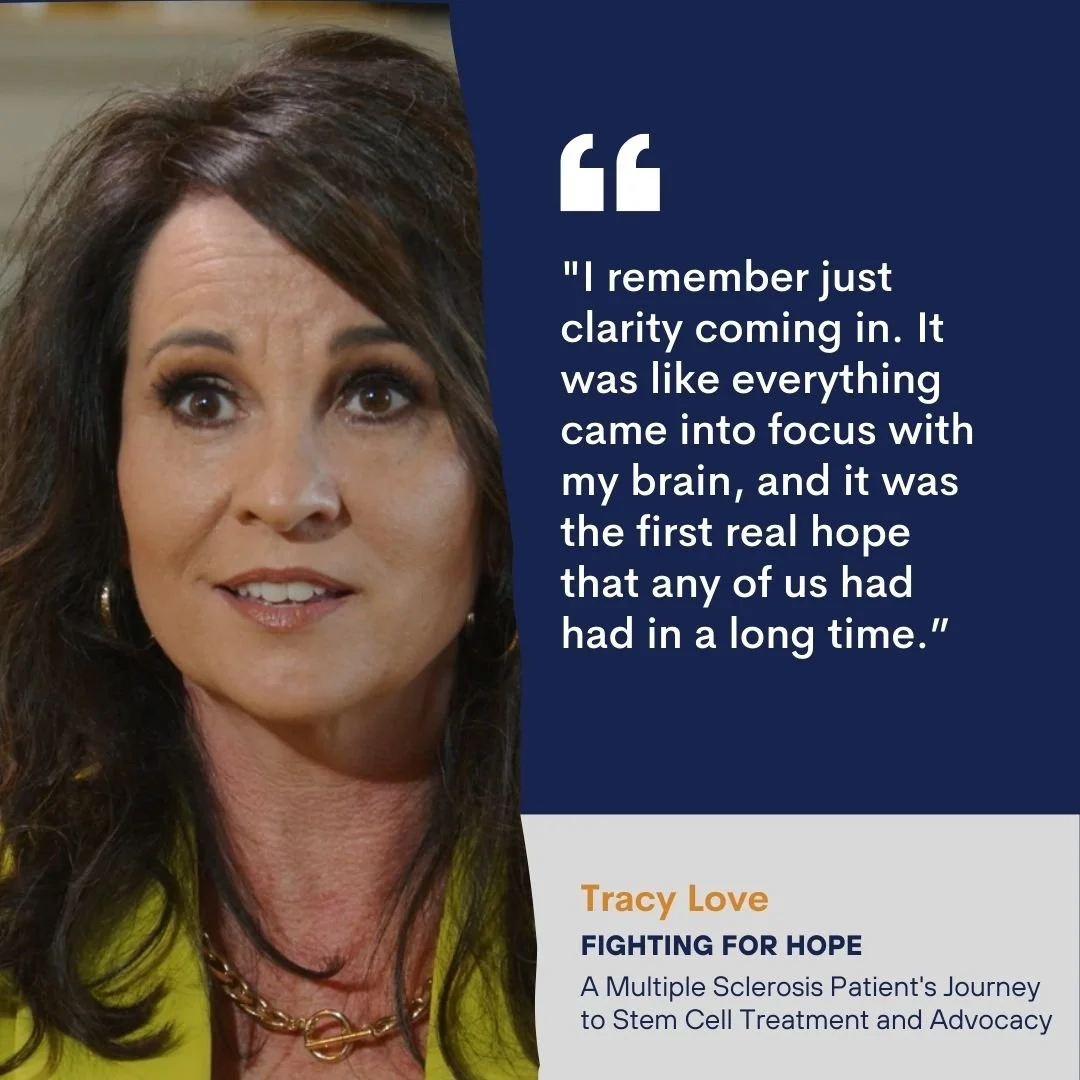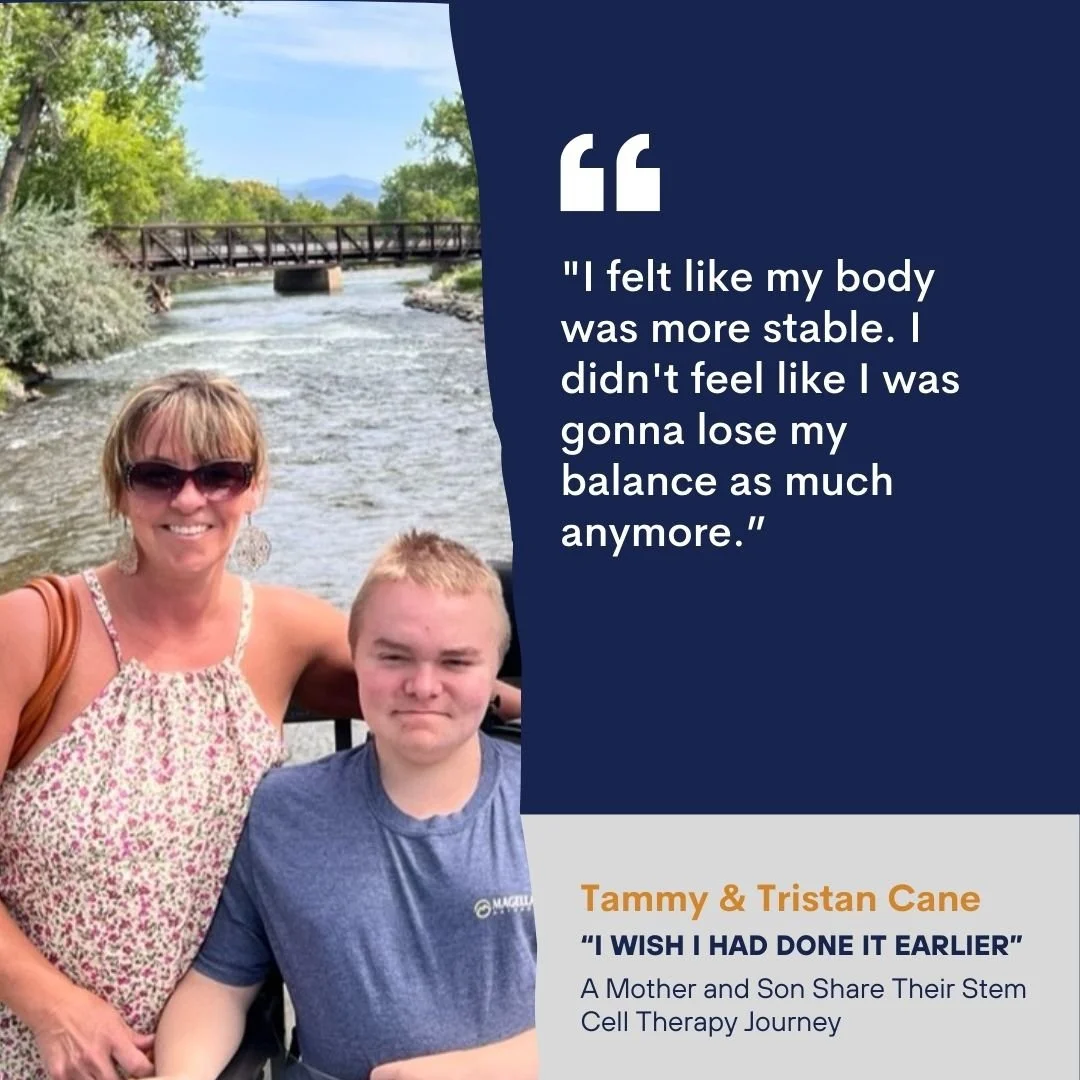
Together, we can advance stem cell therapy.
We're on a mission to provide support, resources, and hope to the millions of individuals and families affected by rare diseases.
You can join us. No matter how much you give, every cent directly impacts lives, from groundbreaking research initiatives to connecting families to resources and a supportive community.
OUR IMPACT
1000+
Families Connected Worldwide
200
Families Helped To Access Life-Changing Therapies
100,000
People Engaged Through Advocacy Initiatives
57
Countries Involved In Our Global Network
In our feature documentary, witness the inspiring story of our founder, Ryan, as he fights back against Duchenne Muscular Dystrophy (DMD) thanks to stem cell therapy, which extended his life and allowed him to continue his passion as a musician.
We highlight stories of others worldwide we have helped on their journey to receive stem cells. And explain the urgent need for healthcare reform and increased awareness to make stem cell therapy the standard of care for DMD and other rare diseases.
The Sunshine Dreamer
Our primary goal since our start has been to start a clinical trial for Duchenne Muscular Dystrophy.
This will allow us to validate stem cell therapy's remarkable impact on DMD and other diseases. We are encouraged by recent progress, so stay tuned as we continue our tireless efforts!
Clinical Trials
Where it all began. In 2008, after Ryan realized how the therapy helped him, he wanted to give back so other families like ours could have the same amazing opportunity. So he had the idea to start an annual benefit concert and called it Coming Together for a Cure.
Concert for a Cure
Join the Legacy Club.
The Legacy Club is a dedicated global community of supporters who provide vital resources, support and hope to families affected by rare diseases every month.
A monthly gift helps connect families to life-changing therapies, support services, and educational resources.
Interested in Stem Cell Therapy for yourself or a loved one.
Our team is ready to help you on your journey today.









